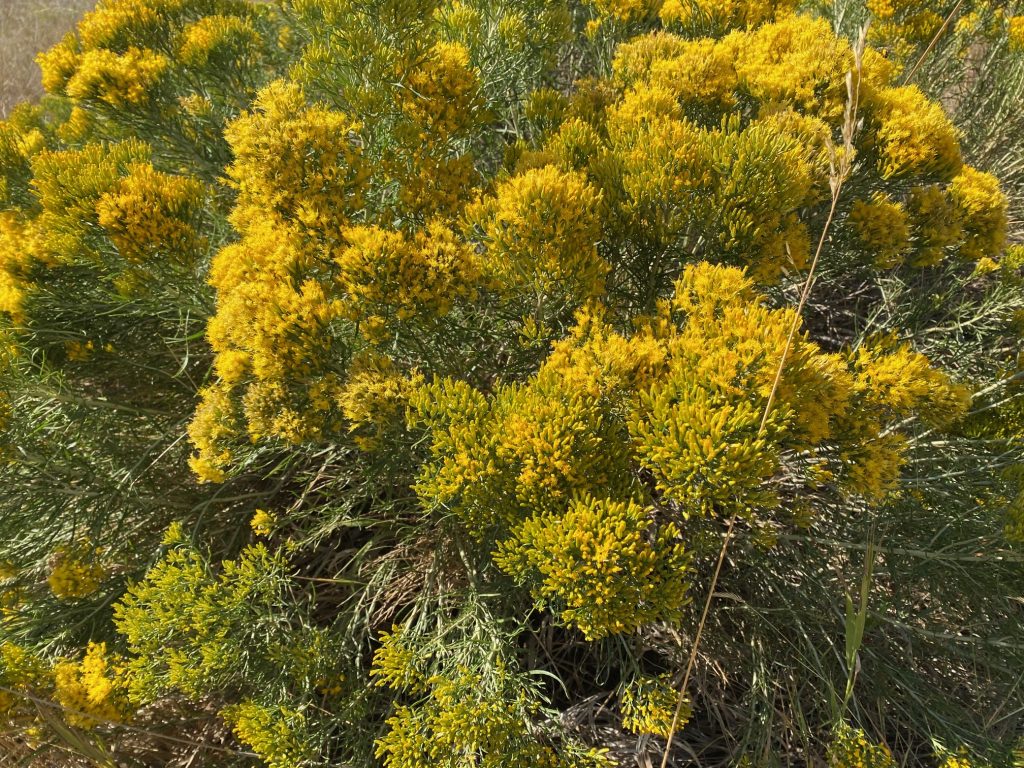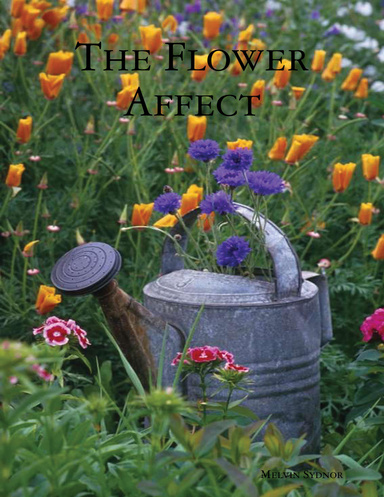
The Rubber Rabbitbrush, scientifically known as Ericameria nauseosa, is a native plant from western Canada to California, Texas, and northern Mexico. It is a hardy shrub that thrives in dry climates, making it a popular choice for xeriscape gardens due to its deep root system. Cultivation of this plant can be achieved through seedlings or seeds, with planting recommended in spring or fall. It is a fast-growing plant, reaching maturity in 2 to 4 years, and can live for 5 to 20 years. The Rubber Rabbitbrush is not only valued for its adaptability but also for attracting pollinators with its vibrant flowers. Cheers






